Hi there, pet lovers! 🐃
Water buffaloes (Bubalus bubalis) have been an essential part of agriculture for thousands of years. From dairy and meat production to labor and land management, these remarkable animals provide multiple benefits that can sustain families and farms. While they are larger and more demanding than typical farm animals, with the right care and management, water buffaloes can be an incredibly rewarding investment.
In this comprehensive review, we’ll explore everything you need to know about water buffaloes — from their temperament and uses to housing, feeding, health, and costs. Whether you are considering starting a buffalo farm, looking to add them to your livestock, or simply curious about these fascinating animals, this guide will help you make an informed decision.

Overview
Water buffaloes are large domesticated bovines originally from South Asia but now raised around the world for milk, meat, and draft power. Their milk is richer than cow’s milk, their meat is leaner, and their calm nature makes them suitable working animals. Here’s a quick summary of what makes them stand out:
- Handling and Temperament: Generally gentle and calm but require experienced handling due to their size.
- Care and Maintenance: Moderate to high maintenance; need proper housing, nutrition, and health monitoring.
- Health and Durability: Hardy animals but prone to certain tropical diseases if not managed properly.
- Availability: Widely available in Asia, South America, and some parts of Europe.
- Cost: Higher initial investment compared to cattle, but long-term returns can be excellent.
- Overall: An excellent livestock choice for serious farmers, offering multiple benefits including milk, meat, and draft power.
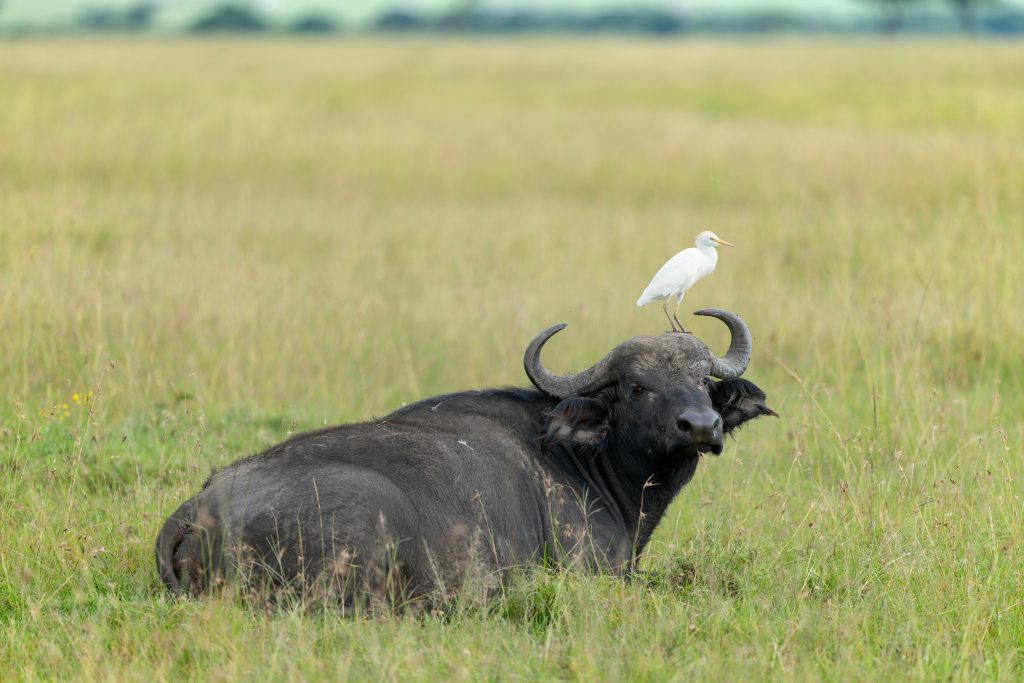
Why Choose a Water Buffalo?
Water buffaloes are often called “the living tractors of the East” due to their historic role in rice cultivation. Today, they remain vital not only for their strength but also for their high-quality dairy and meat products.
- Dairy: Buffalo milk contains nearly 7–8% fat, compared to 3–4% in cow’s milk, making it richer and creamier. This is why mozzarella cheese, especially from Italy, traditionally uses buffalo milk.
- Meat: Buffalo meat (also called carabeef) is leaner than beef, with about 40–45% less cholesterol and 55–60% less fat, while still being protein-rich.
- Labor: In rural areas, buffaloes remain dependable draft animals for plowing fields, hauling carts, and working in muddy terrain where machines may struggle.
- Adaptability: They thrive in hot, humid, and swampy environments, making them perfect for tropical and subtropical climates.
Their versatility makes them an attractive investment for farmers seeking sustainable, multipurpose livestock.
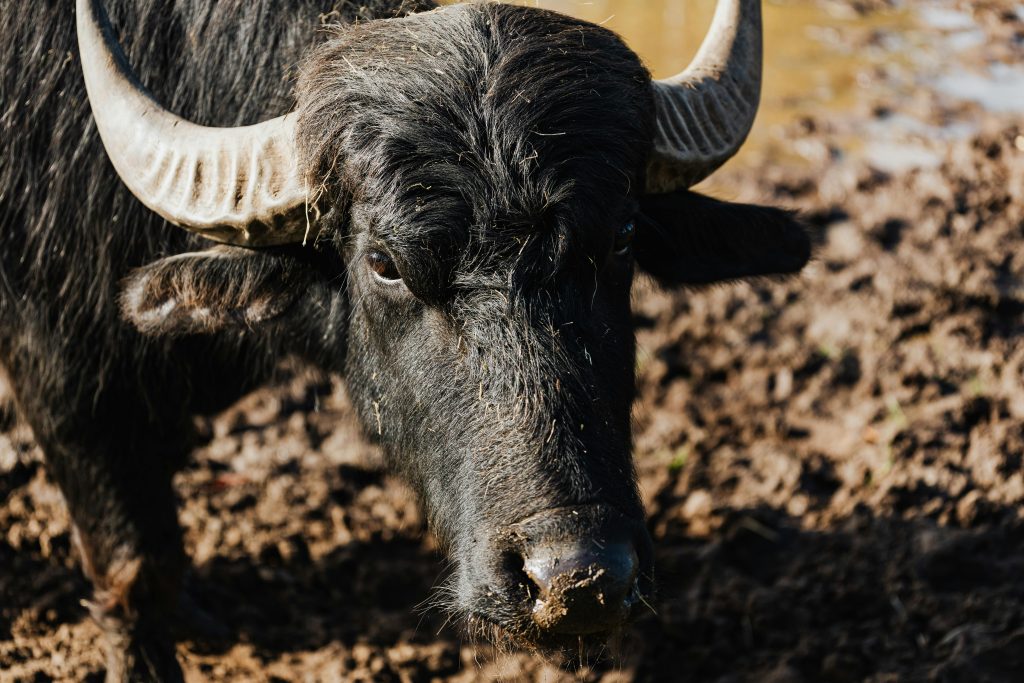
Handling and Temperament
Water buffaloes are generally calm, intelligent, and less aggressive than many cattle breeds. They can form strong bonds with their handlers, but due to their size — mature bulls can weigh over 1,200 kg (2,600 lbs) — they require confident and experienced management.
Personality Variations
- River Buffaloes (commonly used for dairy in countries like India, Pakistan, and Italy) are usually docile and accustomed to human handling.
- Swamp Buffaloes (common in Southeast Asia) are more robust, hardy, and often used for draft work. They can be slightly more reserved but are not typically aggressive.
Handling Tips
- Always approach water buffaloes calmly and predictably.
- Consistency in daily care builds trust over time.
- Use secure enclosures and proper restraints when working with them, especially during veterinary procedures.
Safety Considerations
Although rare, bulls can become territorial, particularly during mating seasons. Farmers should exercise extra caution when working around breeding males.
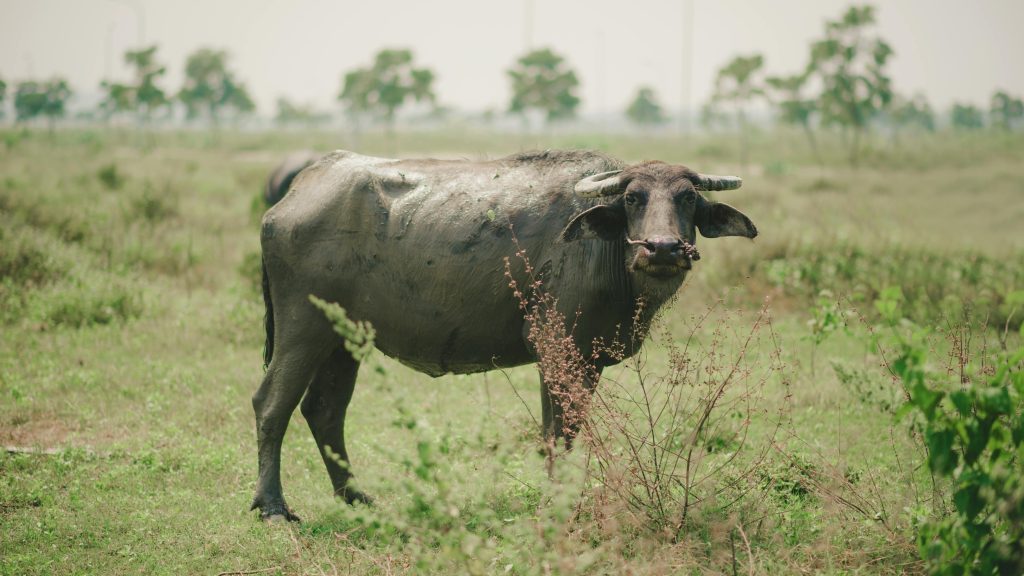
Care and Maintenance
Raising water buffaloes requires attention to housing, nutrition, and environmental needs. While hardy, they are most productive and healthy under managed conditions.
Enclosure and Housing
- Space Requirements: A single adult buffalo should have at least 15–20 square meters of space in a shelter, with access to outdoor grazing land.
- Shelter Design: Buffaloes prefer shaded, well-ventilated structures. Protection from rain and extreme sunlight is essential.
- Wallows: Water buffaloes love to wallow in mud or water to regulate body temperature and protect against insects. Providing a shallow pond or artificial wallowing area significantly improves their comfort.
Nutrition and Diet
Buffaloes are ruminants and thrive on green fodder, crop residues, and supplemented feeds.
- Green Fodder: At least 15–20 kg of green fodder per adult buffalo per day.
- Dry Fodder: Around 5–6 kg daily, such as straw or hay.
- Concentrates: 1–2 kg of oilseed cakes, grains, or formulated dairy feed for lactating buffaloes.
- Minerals & Vitamins: Provide mineral licks and vitamin supplements, especially for dairy animals.
- Water: A lactating buffalo can drink 60–80 liters of water daily. Fresh, clean water is critical.
Feeding Benefits
A balanced diet improves milk yield, reproductive health, and disease resistance. Murrah buffaloes, for example, can yield 2,200–2,500 liters of milk annually with proper feeding and management.

Health and Durability
Water buffaloes are generally hardy animals, resistant to many diseases that affect cattle. However, they are still vulnerable to some health issues, especially in tropical regions.
Common Health Issues
- Foot-and-Mouth Disease (FMD): Highly contagious, requires strict vaccination schedules.
- Brucellosis: A reproductive disease; vaccination is essential.
- Parasitic Infections: External parasites like ticks and internal worms can reduce productivity.
- Respiratory Problems: Poor ventilation and damp housing can lead to pneumonia.
Preventative Care
- Vaccinations: Routine vaccines for FMD, brucellosis, hemorrhagic septicemia, and black quarter disease.
- Parasite Control: Regular deworming and tick management.
- Veterinary Check-Ups: At least 2–3 times yearly, plus immediate attention for sick animals.
With proper care, water buffaloes can live 18–25 years, making them a long-term investment.

Availability and Cost
Water buffaloes are widely available in countries like India, Pakistan, Nepal, Vietnam, Thailand, Brazil, and parts of Europe (particularly Italy for dairy production).
Where to Buy
- Local Breeders: Provide access to proven dairy or draft lines.
- Livestock Markets: Accessible but may offer less health transparency.
- Government Programs: In some countries, agricultural agencies help farmers acquire high-quality buffalo breeds like Murrah, Nili-Ravi, or Carabao.
Costs
- Purchase Price: Prices vary depending on breed and purpose:
- A Murrah buffalo (high-yield dairy) can cost $1,500–$3,000 USD.
- A swamp buffalo for labor may cost $800–$1,200 USD.
- Setup Cost: Initial housing, fencing, feed storage, and equipment may cost $3,000–$5,000 USD, depending on scale.
- Ongoing Costs: Feeding, health care, and maintenance average around $500–$800 per year per buffalo, though returns in milk or meat can far exceed this.
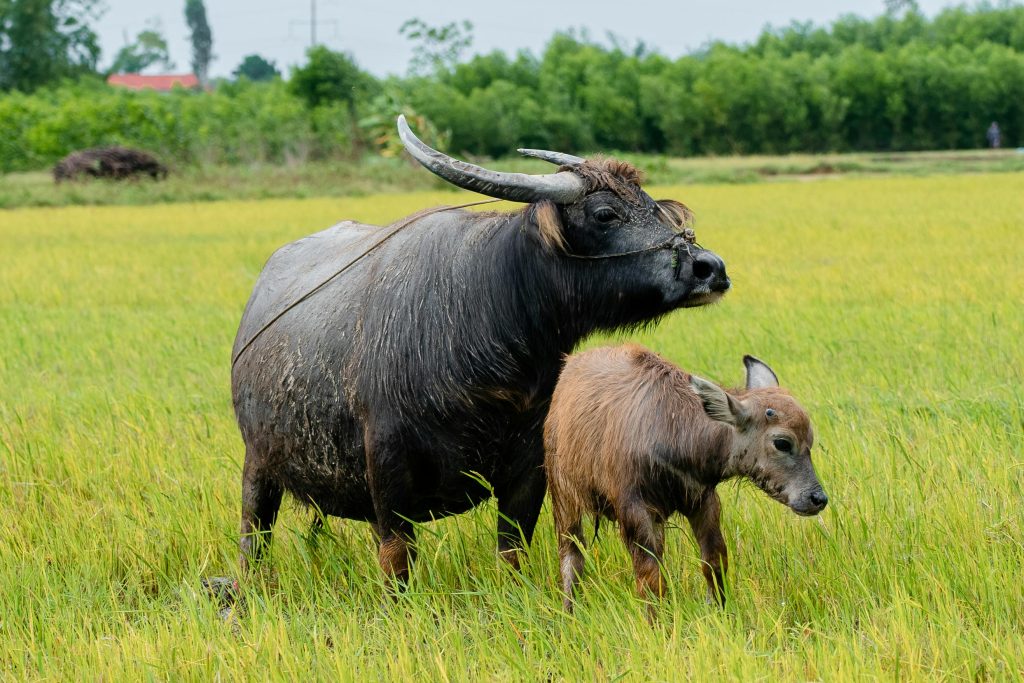
Pros and Cons
Pros
- Multiple uses: milk, meat, labor, and hides.
- Buffalo milk has higher fat and protein than cow’s milk, ideal for cheese and butter.
- Leaner and healthier meat compared to beef.
- Hardy and adaptable to tropical environments.
- Long lifespan and strong working ability.
Cons
- Require large amounts of food, water, and space.
- Higher initial investment compared to cows.
- Susceptible to tropical diseases without proper vaccination.
- Bulls can be difficult to handle during breeding.
- Need access to water or mud for wallowing, which may not be practical in all regions.
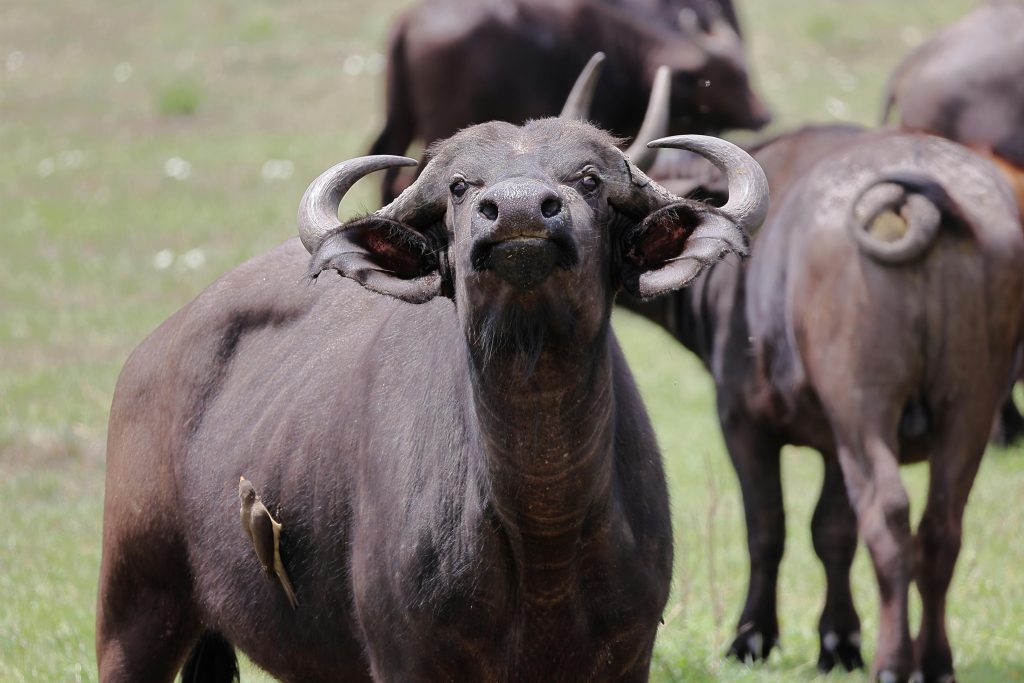
Final Thoughts
Water buffaloes are more than just livestock; they are partners in sustainable farming. Their ability to provide nutrient-rich milk, lean meat, draft power, and even cultural significance makes them one of the most versatile and valuable farm animals in the world.
For farmers willing to invest in proper care, nutrition, and housing, water buffaloes can provide long-term rewards that benefit both livelihoods and communities.
If you’re considering adding water buffaloes to your farm, consult local breeders, agricultural agencies, and veterinarians to get started. With the right knowledge and preparation, raising water buffaloes can be a profitable and fulfilling venture.
Have you raised water buffaloes? Share your experiences and insights in the comments below — we’d love to hear how these gentle giants have impacted your farm!
For more livestock care guides and reviews, stay tuned to our blog and subscribe to our updates. 🐃




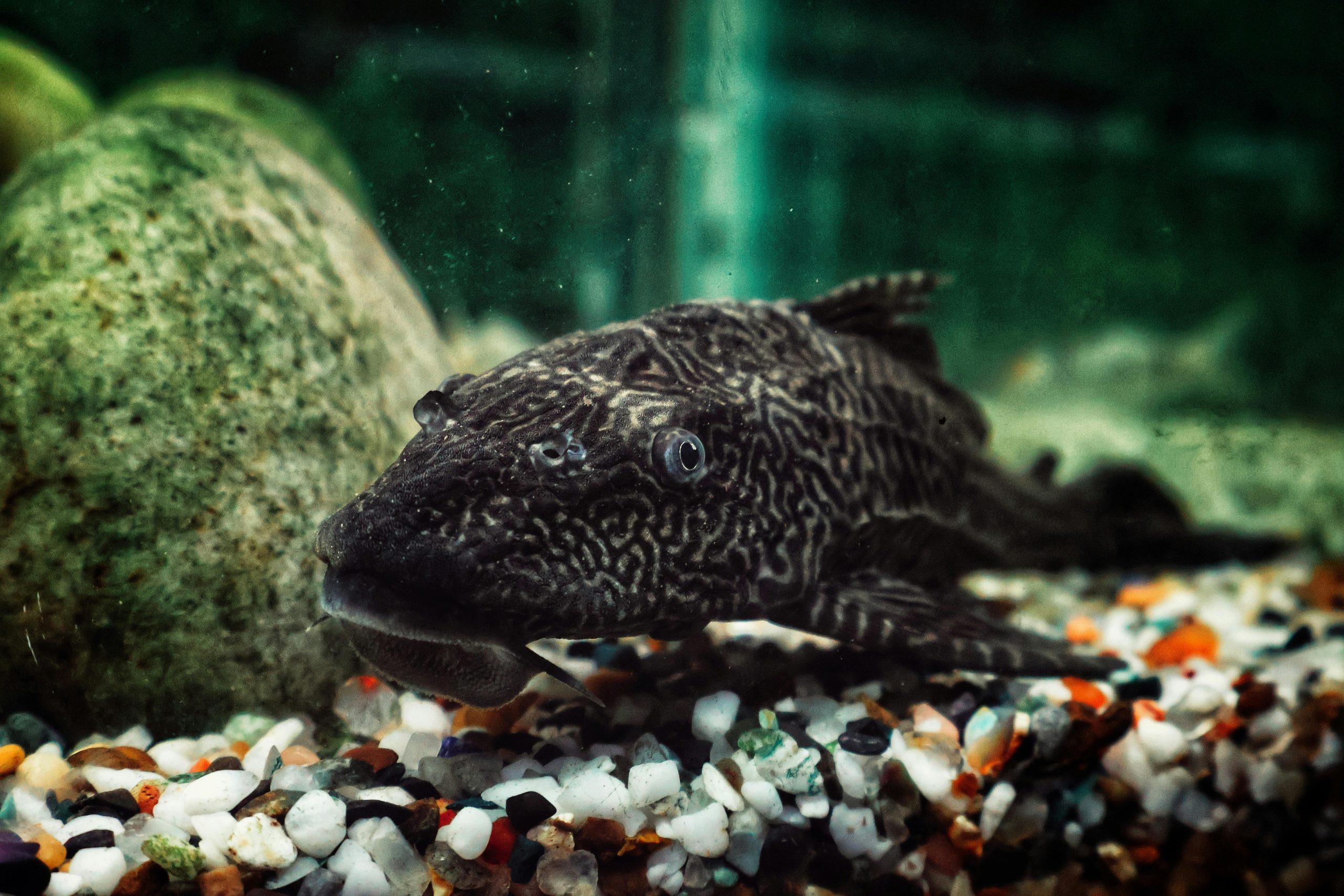

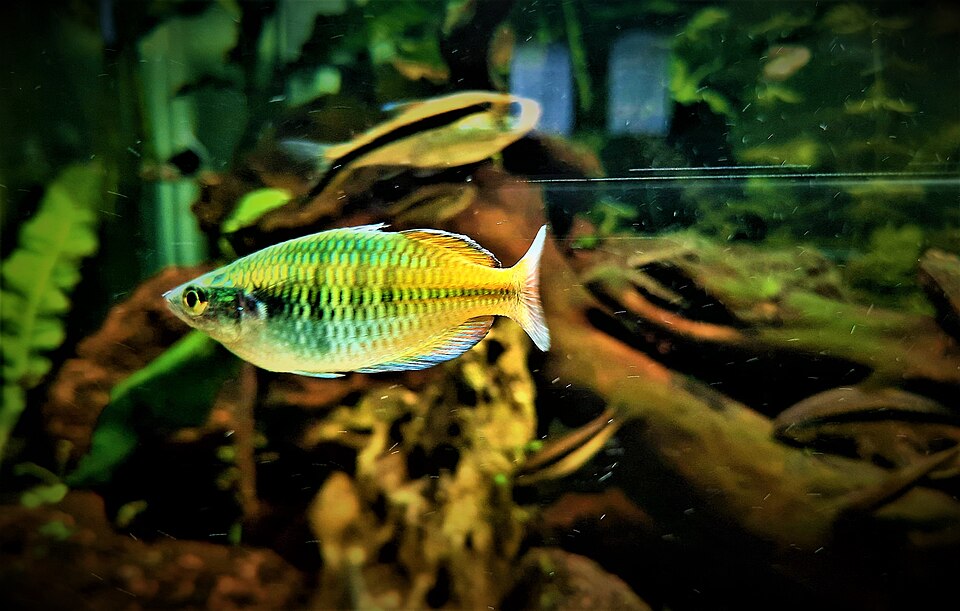

Leave a Reply